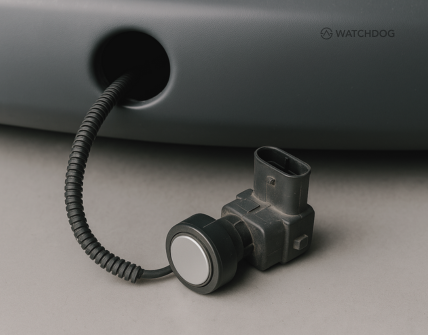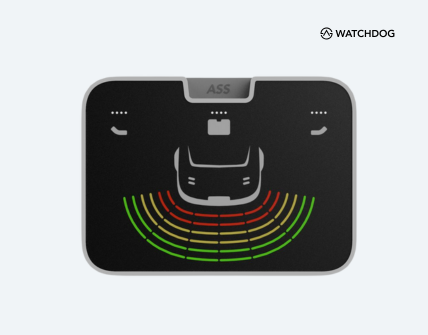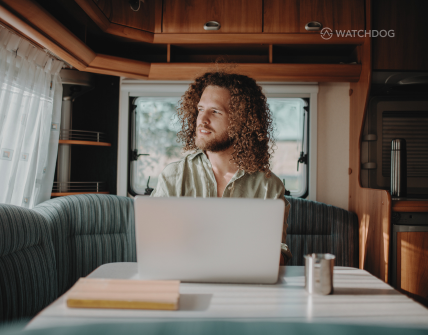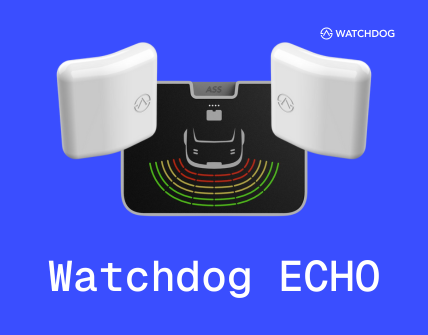Caravanning offers freedom, adventure, and the comfort of taking your “home” on the road. But for many, the excitement fades when it’s time to reverse or park a caravan. The size and shape of a caravan create large blind spots, making even simple maneuvers stressful.
Thankfully, modern technology has made this easier. Two tools dominate the market: reversing cameras and parking sensors. But which is better for your caravan? Here’s a straightforward look at both options — and why the best solution might actually combine them.

Reversing Cameras – Seeing What’s Behind You
A reversing camera (also called a backup or rear-view camera) gives you a live video feed of what’s behind your vehicle. For caravan owners, this can be a game-changer. Instead of guessing what might be behind you — bollards, pets, or even people — you can actually see it.
Why cameras are so useful:
- Live video feed: You can see exactly what’s behind you, which helps judge distances and angles when backing up.
- Improved control: Whether you’re squeezing into a tight campsite or reversing down a narrow driveway, you have much more confidence.
- Wireless convenience: Many modern RV backup cameras are wireless, meaning no complicated wiring. Some connect directly to a monitor in your vehicle.
But cameras aren’t perfect.
They can struggle in low light, heavy rain, or if the lens gets dirty. The wide-angle view helps, but it still might not capture every obstacle — especially things very close to the ground or off to the side. And without guidelines on the screen, it can be tricky to judge exact distances. Some wireless cameras have very unstable connection making it unreliable solution. Wired options need complicated installation and takes time to set-up.
Parking Sensors – Hearing the Hazards
Parking sensors take a different approach. These small devices (often installed in the bumper) send out ultrasonic signals. When the signal bounces back from an obstacle, the system alerts you with beeps that get faster the closer you get.
Why sensors are handy:
- Audio alerts: A quick “beep-beep-beep” grabs your attention immediately.
- Good in bad weather: Rain, fog, and dust don’t affect them much.
- Affordable and simple: They’re often cheaper than cameras and do a good job of warning you when something’s close.
But sensors have limits.
They don’t tell you what is behind you — just that something is there. The beeping might mean a wall, a child, or even a tuft of grass. That can lead to hesitation or second-guessing. Some very thin, low, or oddly placed objects might also go undetected.
Why the Best Setup Might Be Both
Many caravan owners find the perfect solution is using both a reversing camera and parking sensors. The camera shows you what’s there. The sensors tell you how close you are.
Together, they give you the complete picture — both visual and audio warnings — and make reversing and parking much safer.
So, Which Should You Choose?
It depends on what you value most:
- Want to see everything? Get a reversing camera.
- Prefer to hear warnings and keep it simple? Parking sensors might be enough.
- Want the safest, smartest option? Consider combining the two.
Prefer sensors? Take a look at Watchddog ECHO
Technology is moving beyond basic cameras and beeping sensors. Newer systems aim to add extra features for more universal and phone friendly usage.
One standout example is the Watchdog ECHO. It’s not just another set of sensors — it’s designed for caravans, trailers, and even horseboxes, with some features you don’t see in traditional systems.
What makes the Watchdog ECHO different:
- Fully wireless: Fully wireless: No cable work is needed, as the standalone module connects to the sensors wirelessly.
- Battery life: Runs for up to 48 hours on active mode, or up to a month on standby. No daily recharging needed.
- Smartphone control: Optionally you can use a smartphone, so you don’t need another screen cluttering up the dashboard.
The Watchdog ECHO isn’t about fancy visuals; it’s about smart, reliable information that helps you park safely every time.






